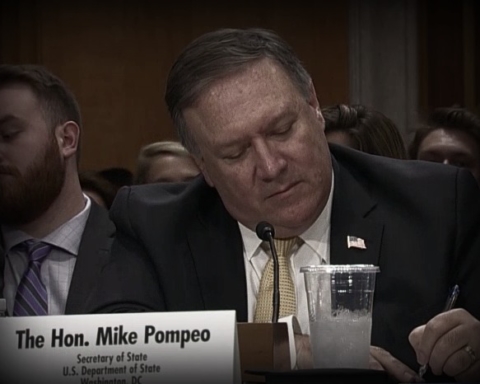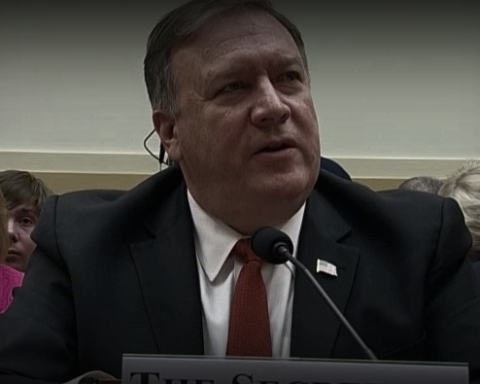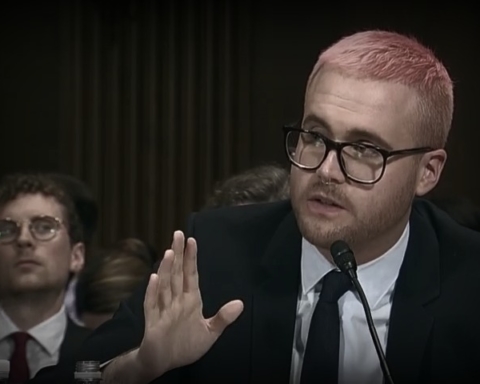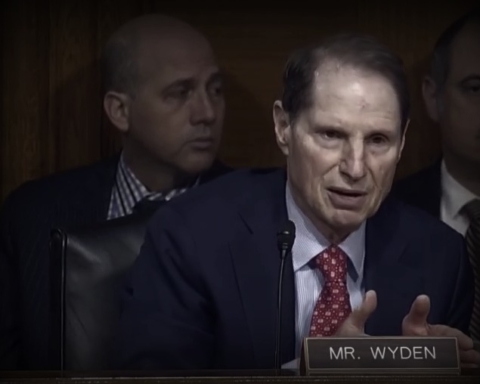An internal inspector general gave high marks to the Department of Justice for correcting its classification procedures, and cutting down on the number of secrets it creates.
The watchdog described “significant improvements” at the department, which reduced its original classification decisions down to zero in 2015 from 4,455 in 2013, when the IG conducted its first audit.
The dramatic drop was primarily a result of DOJ officials having a “better understanding” of the classification process.
In its prior 2013 audit, the IG noted that individuals at DOJ had routinely applied “original” classification to information that had already been reviewed by department classifiers.
An original decision is rather cumbersome. It requires an “Original Classification Authority” (OCA) to determine if the information falls under eight categories—such as military plans, intelligence activities, or foreign relations. It then requires officials to explain how release of those records could harm national security. The OCA is also required to document its decisions in a security classification guide, and decide how long the information should be shielded from public disclosure.
Instead, what the IG recommended, and what the DOJ heeded according to the results of this latest audit, are “derivative classification decisions” that rely on previous determinations made in a security classification guide or markings on the original source document.
The IG noted in its prior review that “an ‘original classification,’ should be extremely rare.”
“The improper use of original classification authority increases the risk that individuals could classify the same piece of information differently, resulting in the misclassification of information,” the watchdog added.
The number of derivative classified decisions also fell from 8.4 million in 2013 to 7.7 million in 2015, the IG found. So too, did the number of officials with Original Classification Authority at the department, over the same time period: to 46 from 64.
Investigative journalist Steven Aftergood with the Federation of American Scientists (FAS) published the report online. He noted that the documented improvements at the DOJ “paralleled throughout much of the executive branch in recent years, such that the production of new secrets in the last two years is at the lowest levels reported in several decades.”
“By this measure, at least, one might even conclude that the Obama Administration is the most transparent ever,” he added.
Aftergood’s own reporting, however, went on to partially belie that observation.
He revealed that just this week the National Security Agency’s US Cyber Command lifted its block on the Federation of American Scientist’s webpage, which had prevented Department of Defense employees from visiting the domain on their government computers.
“The basis for the Cyber Command block is unclear, and official documentation of the decision that we requested has not yet been provided,” Aftergood reported. He added that “in all likelihood, it is due to the presence on the FAS website of a small number of currently classified documents that were obtained in the public domain.”
Aftergood claimed that the FAS website was blocked for “at least the past six months, and perhaps longer.”









